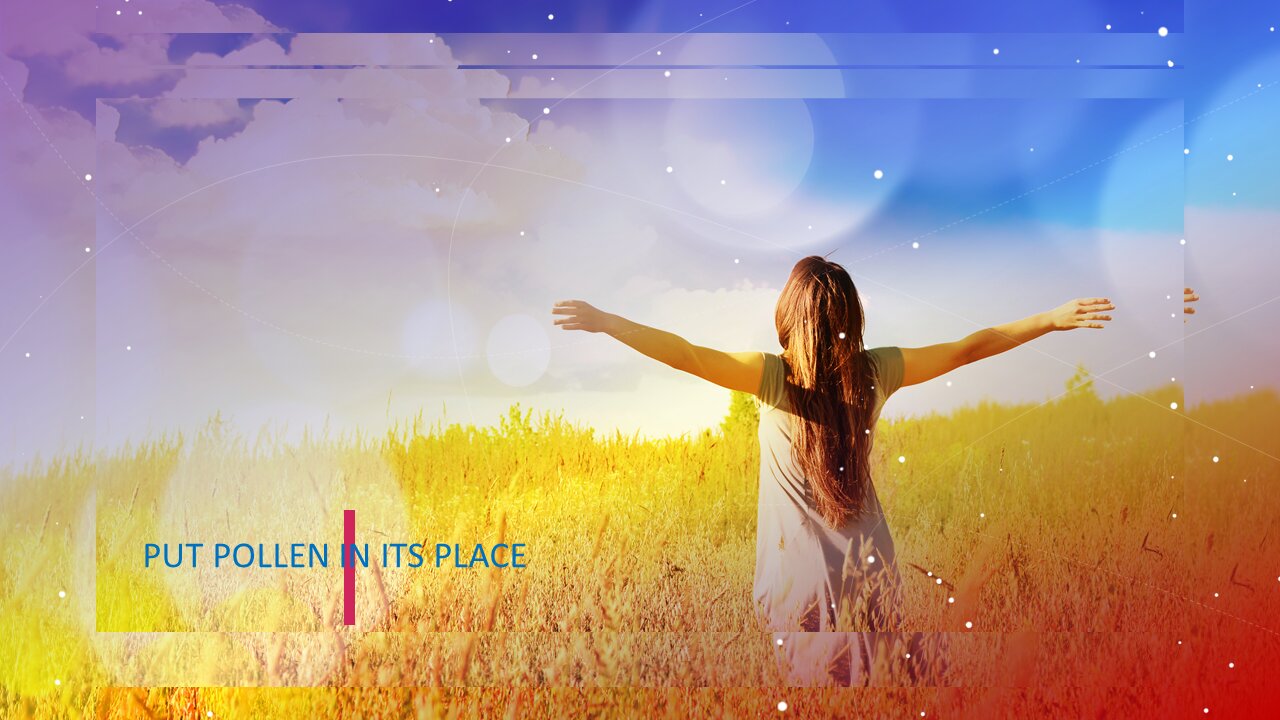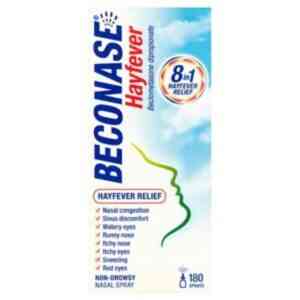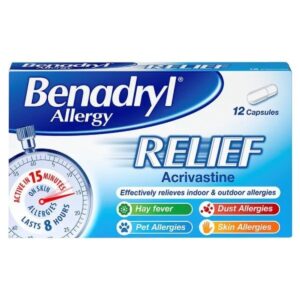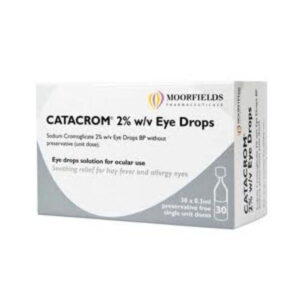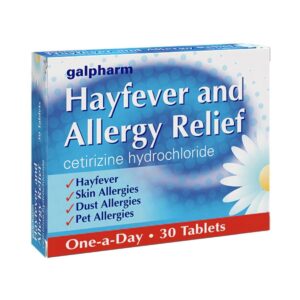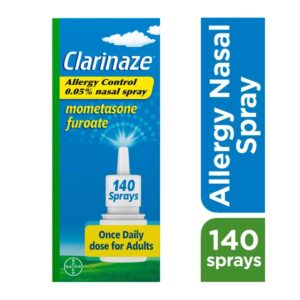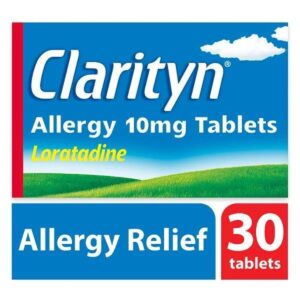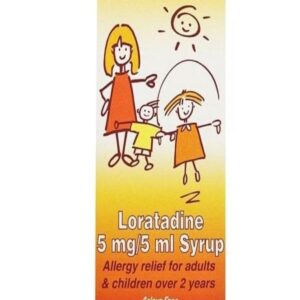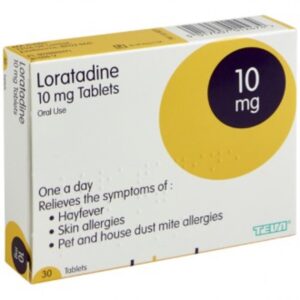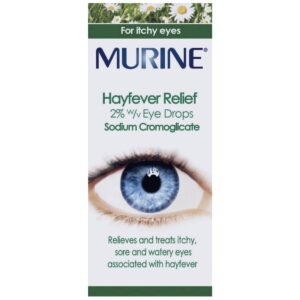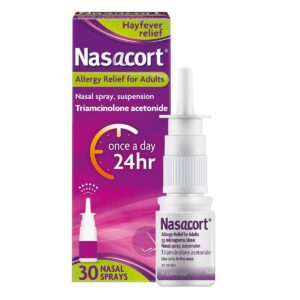Hayfever – Surviving the Pollen Season
Ahhhh… spring is in the air! The birds are singing, the flowers are blooming, and the sun is shining. But for hayfever sufferers, spring also brings a slew of allergies, particularly an allergy to pollen. Approximately one in five British citizens suffer from hayfever, making it the most common allergy. Hayfever can be quite distressing, characterized by symptoms such as sneezing, runny nose, itchy eyes, and fatigue. But worry not, in this blog post, we’ll take a closer look at hayfever, including its cause, symptoms, and treatment.
What Causes Hayfever?
Hayfever is an allergic response to pollen from trees, grass, and flowers. When your immune system reacts to pollen, your body releases histamines, which triggers an inflammatory reaction in your nose, eyes, and throat. This can cause a range of symptoms, from mild to severe. The exact cause of hayfever is not entirely understood, but it has been linked to genetics, pollution, and climate change. In recent years, pollen seasons have become longer and more intense due to climate change, leading to an increase in hayfever cases.
You can get hay fever at any age. But it usually begins in childhood or during the teenage years. It’s more common in boys than girls. In adults, men and women are equally affected.
You’re more likely to develop hay fever if you have a family history of allergies, particularly asthma or eczema.
Symptoms of Hayfever:
Hayfever symptoms typically include sneezing, runny or stuffy nose, itchy or watery eyes, aching ears, and fatigue. The symptoms are usually more severe in the mornings and in rural areas where there is more pollen in the air. Hayfever can also be associated with asthma, so if you experience wheezing, coughing, and difficulty breathing, seek medical attention immediately.
The symptoms of hay fever include:
- frequent sneezing
- runny or blocked nose
- itchy, red or watery eyes (allergic conjunctivitis)
- an itchy throat, mouth, nose and ears
- cough, caused by postnasal drip (mucus dripping down the throat from the back of the nose)
Less commonly, you may also experience:
- the loss of your sense of smell (anosmia)
- facial pain (caused by blocked sinuses)
- headaches
- earache
- tiredness and fatigue
If you have asthma, your asthma symptoms may get worse when you have hay fever.
Treatment for Hayfever:
Fortunately, hayfever can be treated with a range of over-the-counter medications, such as antihistamines, decongestants, allergy eye drops and nasal sprays, which help to alleviate the symptoms. There are also a few home remedies that can help, such as rinsing your sinuses with salt water or using a humidifier. If the symptoms are severe, your doctor may prescribe a corticosteroid injection at the start of the hay fever season or immunotherapy. It’s also important to try and avoid exposure to pollen as much as possible, such as keeping windows closed and avoiding outdoor activities during peak pollen hours.
Preventing Hayfever
Prevention is key when it comes to hayfever. To reduce your risk of hayfever, it’s important to take steps to avoid exposure to pollen. Some tips include showering and washing your hair after being outdoors, keeping windows and doors closed, wearing a mask outdoors, and avoiding outdoor activities during peak pollen hours. You can also try allergy shots, which help to build up tolerance to allergens over time.
Conclusion:
Hayfever is a common allergy that affects millions of people worldwide. It’s caused by an allergic response to pollen, which triggers a range of symptoms such as sneezing, runny nose, itchy eyes, and fatigue. Fortunately, hayfever can be managed with a range of over-the-counter medications and home remedies. Prevention is key when it comes to hayfever, so take steps to avoid exposure to pollen as much as possible. If you suffer from hayfever, don’t let it get you down. Stay informed and take steps to manage your symptoms so you can enjoy the beautiful spring weather.
 +44 (0) 1375 846 316
+44 (0) 1375 846 316.png)
